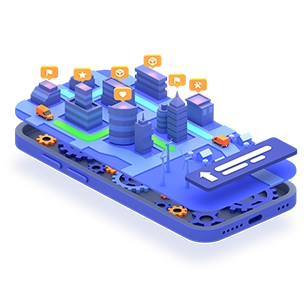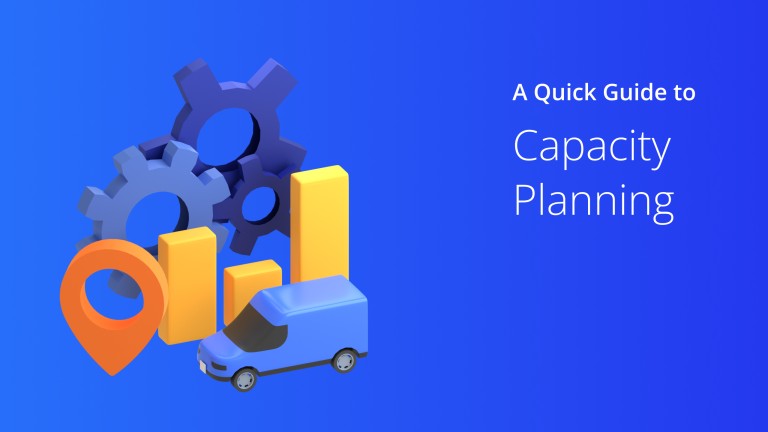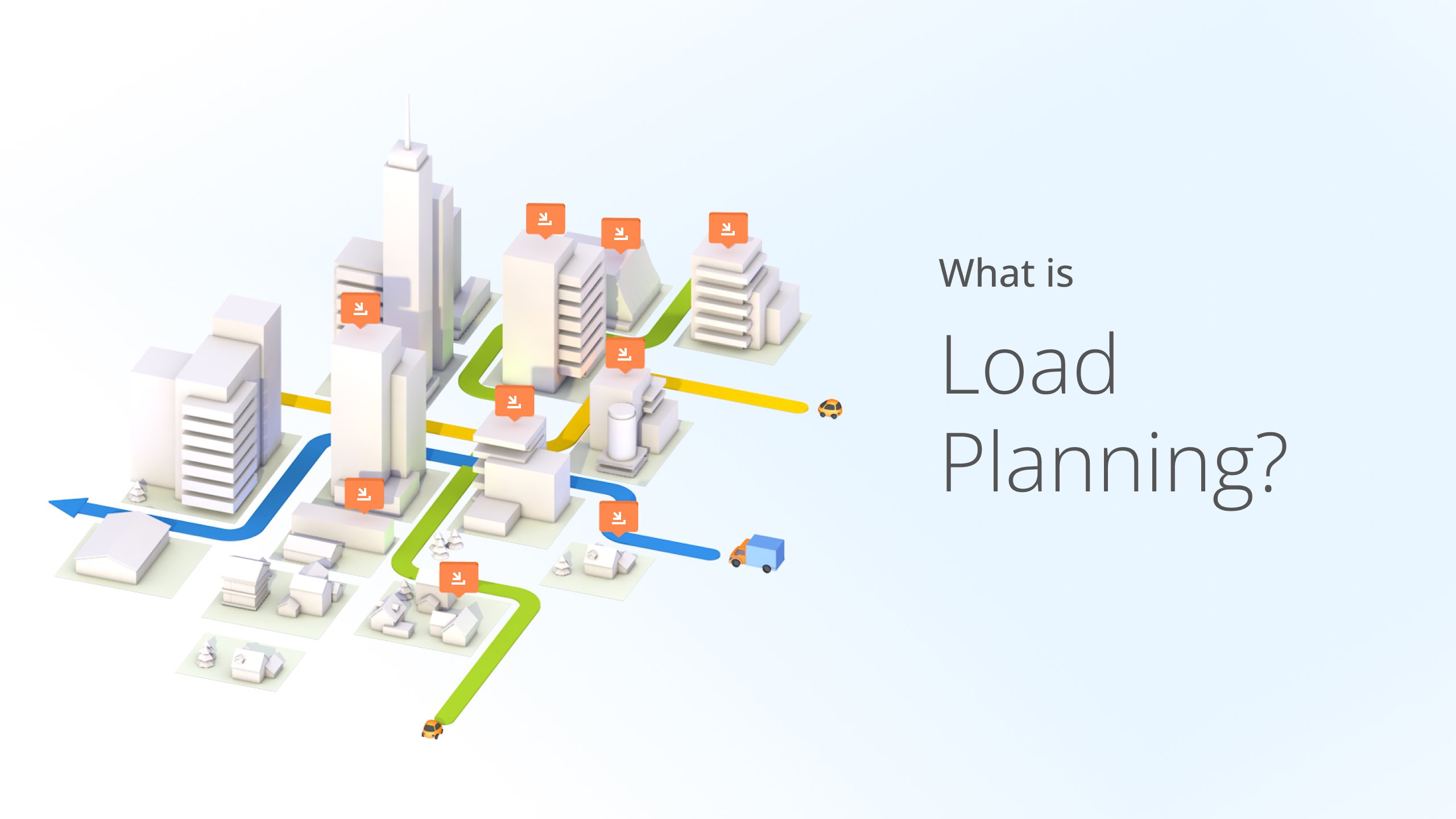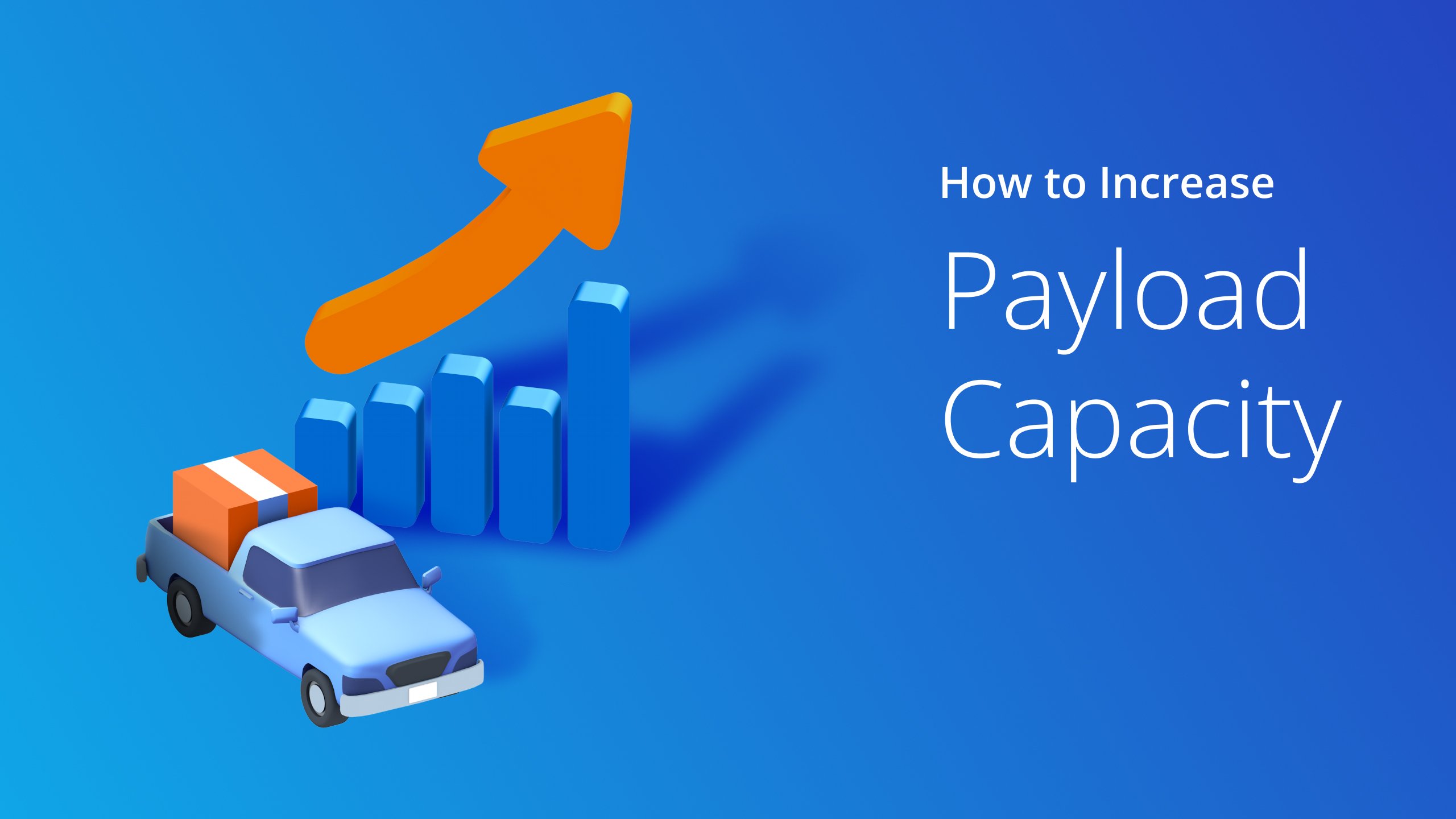Determining how much capacity a project, task, or situation requires is crucial, especially in business, but with capacity planning, you can boost the efficiency of your operations.
Many companies use the capacity planning process in project and resource management to satisfy customer demand. So precisely what is capacity planning all about?
Read on as we share a concrete capacity plan example, benefits, and strategies that can help streamline your business operations.
Table of Contents
What’s A Capacity Plan?
Capacity planning is a necessary procedure in project management. It helps a company determine the workforce requirement and production capacity to meet the demand of the supply chain.
This approach aims to improve resource management, enabling businesses to identify bottlenecks, when and how to scale, and predict future resource requirements.
Moreover, capacity-based planning balances available resources to meet project capacity requirements and improve the maximum ability of an organization.
3 Types Of Capacity Plans
1. Workforce Capacity Plan
The workforce is one of the most vital assets of a company’s success, executing a specific activity to get things done.
Thus, workforce capacity planning is an essential strategy to determine employee capacity. This strategic planning ensures your business has enough workforce and time to finish jobs.
Workforce capacity planning helps assess when to increase or downsize your workforce, allowing you to plan the recruitment and onboarding process for new employees.
Want To See For Yourself How Route4Me Can Help Increase Delivery Capacity?

2. Product Capacity Plan
Product capacity planning is another strategy, ensuring your business is equipped with enough products to accomplish deliverables.
In strategy planning, most businesses implement it to meet the demand and reduce stock-outs.
For instance, a pet shop needs supplies, such as food, leashes, pet toys, cages, and carriers.
Therefore, pet shop suppliers should stock up on these products to fulfill demand. By doing so, they can remain competitive and increase their profit.
3. Tool Capacity Plan
From all the types of capacity planning, this strategy is as essential as the workforce and product capacity, ensuring your business has enough tools to accomplish jobs.
This strategy planning enables businesses to assess if they have the necessary tools to produce and deliver products or services on time.
Take, for example, a food processing business.
This business will need machinery, assembly line parts, vehicles, and other equipment to create and fulfill deliverables.
3 Basic Steps To Start A Capacity Plan
1. Measure The Resource Capacity
First off, measure the current capacity of your resources. Check all your business resources, including your team, time, budget, and tools.
Measure how many products your team can deliver and the time to accomplish the project. Also, consider the holidays and employees getting sick leave.
Estimate the realistic time and workforce you have. Remember to measure as accurately as possible since you will use these numbers to create the plan.
2. Analyze & Determine If You Have Insufficient Or Excess Capacity
Afterward, analyze the numbers to determine if you have an excess or insufficient capacity or operating at maximum capacity. Next is to analyze project requirements.
If implementing a lag strategy, check your current projects and develop a realistic critical path. For lead strategy, make graphs to assess the future demand.
3. Formulate The Capacity Plan
Finally, gather all the information and formulate a plan. Create a capacity planning equation to calculate the cost of funding new projects or hiring more employees.
In addition, you can calculate the return on investment for adding more tools, like machinery or assembly lines.
The final stage helps you predict the possible results for different alternatives, allowing you to make the right choice.
3 Methodologies Behind It
1. Lead Strategy
Lead capacity planning is the process of being equipped with enough resources to meet future demand, increasing production capacity.
You can hire seasonal workers in the retail business during special occasions or holidays.
By doing so, you won’t be understaffed since you anticipated the influx of customers.
However, this capacity strategy is riskier than the lag strategy, resulting in idle resources if not implemented properly.
2. Lag Strategy
This method is planning to have sufficient resources to meet actual demand. With this approach, you won’t be overspending and have idle resources.
It stretches the available resources and production capacity to their limit before adding more.
The lag strategy is the ideal capacity planning strategy for smaller companies with restricted capacity requirements.
However, it may cause a lag in operations or an inability to meet customer deadlines if there’s a sudden increase in demand.
3. Match Strategy
The match strategy is a combination of the previous approaches. Under this capacity planning strategy, the resources slowly increase in increments to match the demand.
Project managers frequently perform strategic capacity planning to closely observe current demand, forecasted demand, and market trends to revise the resources.
Benefits Of Capacity Plans When Partnered With Route Planning Software
Quicker Turnaround Times
Capacity planning can boost operational efficiency, which enables businesses to deliver quick turnaround times, especially for urgent deliveries.
Thus, simultaneously utilizing route planning and capacity planning software is essential to increase delivery capacity.
Capacity management can help determine the ability of your delivery vehicles and drivers to accomplish deliveries as soon as they’re placed.
Route4Me route planner also has capacity planning features, offering optimized routes for vehicles with varying load capacities.
Reduces Stock-Outs
Customers don’t like waiting if you run out of supplies. Thus, capacity planning is ideal for reducing stock-outs, preventing your customers from seeking their needs from your competitors.
In capacity planning, you can allocate resources in advance or match the demand as soon as possible. Furthermore, route planning software, such as Route4Me, can simplify this process.
It helps with analysis and collects data, which you can use for employee and inventory management.
Provides Insights To Identify Process Inefficiencies
Resource capacity planning assists in managing multiple projects, allowing you to see your business’s minimum and maximum capacity.
It helps determine the key performance indicators, which are vital for measuring and managing business operations.
Whether it’s your workforce, products, or tools, Route4Me can also give you insights to recognize process inefficiencies.
Our route planner can provide real-time updates on your deliveries. Also, you can track your drivers and assets to increase their performance.
Multi-Stop Route Planner App

It Becomes A Roadmap For Your Business
Another benefit of capacity planning is it serves as your business roadmap, providing a detailed account of your resources.
The capacity planning process involves measuring your resource capacity, which you will use to develop your business plan and strategies to achieve long-term goals.
With Route4Me, you can also track the efficiency of capacity planning strategy since our route management app offers detailed data on your delivery operations.
Frequently Asked Questions (FAQs) about Capacity Planning
Is capacity planning better than resource planning?
What is the main goal of capacity planning?
In Summary
We hope the capacity planning examples above are useful to your business.
Whether in a product or service business, capacity planning offers benefits that can enhance employee and operation productivity.
This process also improves profit and customer satisfaction, ensuring your business has enough resources to meet forecasted demand.
Nonetheless, unpredicted difficulties may arise no matter how much planning you perform. Thus, use capacity planning with route planning software like Route4Me.
This route planner features capacity planning tools that help gather reports and automate schedules for your team members. Sign up now and get a 7-day free trial.
Want To See For Yourself How Route4Me Can Help Increase Delivery Capacity?






